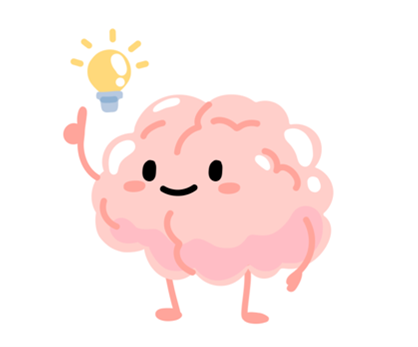
In the dynamic world of childhood education, executive functioning skills play a pivotal role in shaping a child's learning and development. These skills act as the brain's control center, helping young learners manage their thoughts, actions, and emotions. Today, let’s explore the 10 key executive functioning skills essential for elementary school students and understand their impact on everyday learning and activities at a high level:
1.Planning
Planning for young students involves setting simple goals, like completing a project or organizing a playdate. This skill helps them visualize steps needed to achieve their objectives. In a school setting, planning assists children in approaching assignments systematically and managing their time effectively.
2. Organization
Organization means keeping school supplies, homework, and personal items in order. For elementary students, it translates to having a tidy desk or backpack. Organizational skills help students follow daily routines and reduce anxiety about misplaced items, leading to a more focused learning environment.
3. Task Initiation
Task initiation is about starting homework or chores without delay. Young learners often struggle with procrastination, and this skill encourages them to begin tasks promptly. In the classroom, it helps students dive into activities or assignments as soon as they receive instructions.
4. Flexibility
Flexibility allows children to adapt to changes, like classroom schedule shifts or unexpected challenges in projects. It encourages them to embrace new ideas and learn from mistakes. This skill is crucial for fostering creativity and resilience in learning.
5. Attention
Attention helps children focus on their teacher's instructions or classwork while ignoring distractions. It is vital for absorbing new information and completing tasks efficiently. Improving attention can enhance a student's performance in subjects like reading and math.
6. Self-Control
Self-control is the ability to manage impulses and emotions, such as waiting patiently for their turn or reacting calmly to a peer's comment. This skill supports positive interactions and helps maintain a conducive learning environment.
7. Metacognition
Metacognition is thinking about one's own thought process. For children, it might involve reflecting on what strategies helped them learn a math concept or why a story was challenging to understand. This awareness boosts their ability to adjust learning tactics and improve academic success.
8. Working Memory
Working memory enables students to hold and use information temporarily, such as remembering instructions or story details. It is crucial for following multi-step directions and participating in class discussions. Strengthening working memory supports academic achievement across all subjects.
9. Time Management
Time management for elementary students involves learning how to allocate time for homework, play, and rest. It helps them balance schoolwork with leisure activities, reducing stress and improving their overall well-being. Mastering this skill can lead to more efficient and enjoyable school days.
10. Perseverance
Perseverance is the determination to keep trying despite difficulties, like solving a tough math problem or learning a new sport. This skill teaches students resilience and encourages a growth mindset, essential for overcoming academic challenges and achieving goals.
Nurturing executive functioning skills in elementary school students is crucial for their academic success and personal growth. By focusing on these areas, we can support children in becoming organized, adaptable, and resilient learners. Encouraging the development of these skills will not only enhance their educational journey but also set them on a path toward lifelong success.
Be sure to check out this entire series, where we’ll take a deeper dive into each of the executive functioning skills. And be sure to check out what GrapeSEED can do for your English Language Learner and Emergent Multilingual Leaner students by clicking here.





